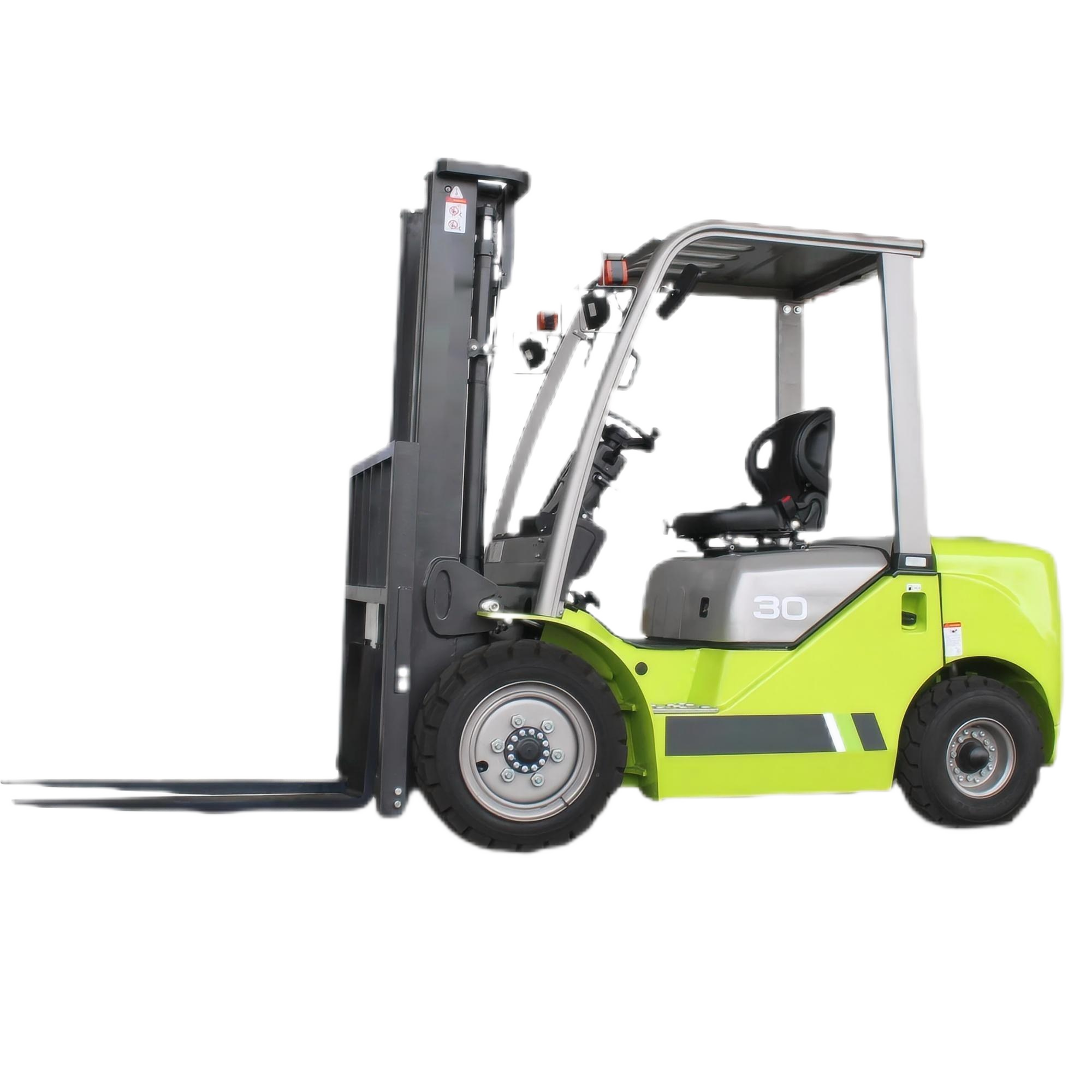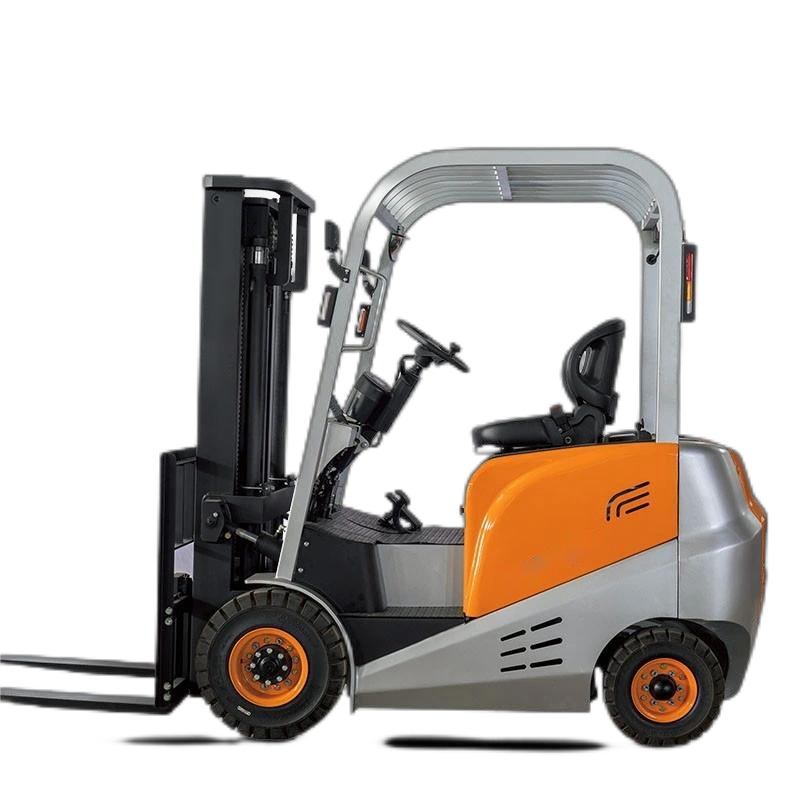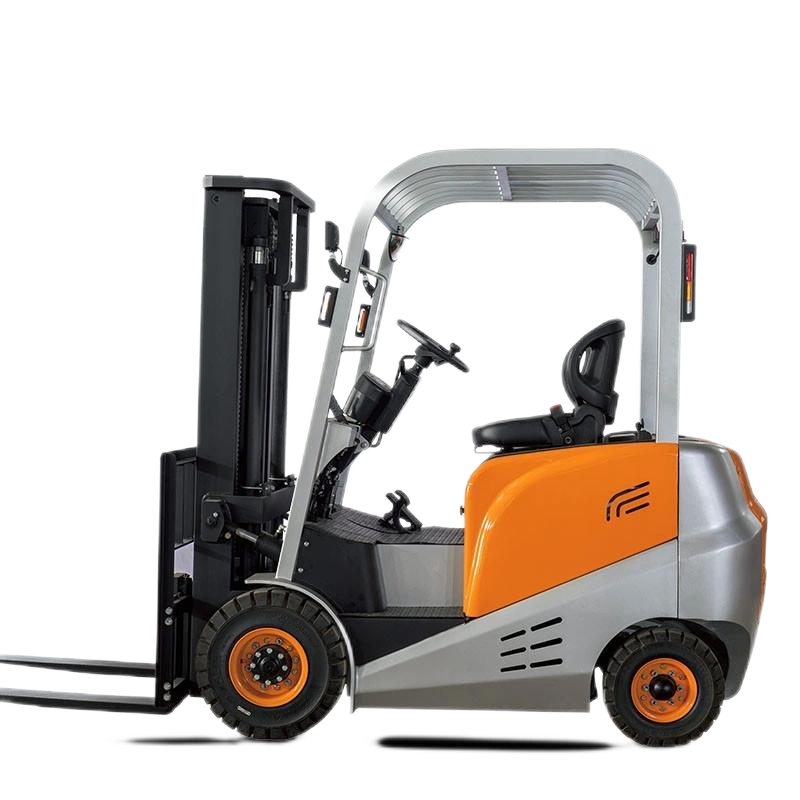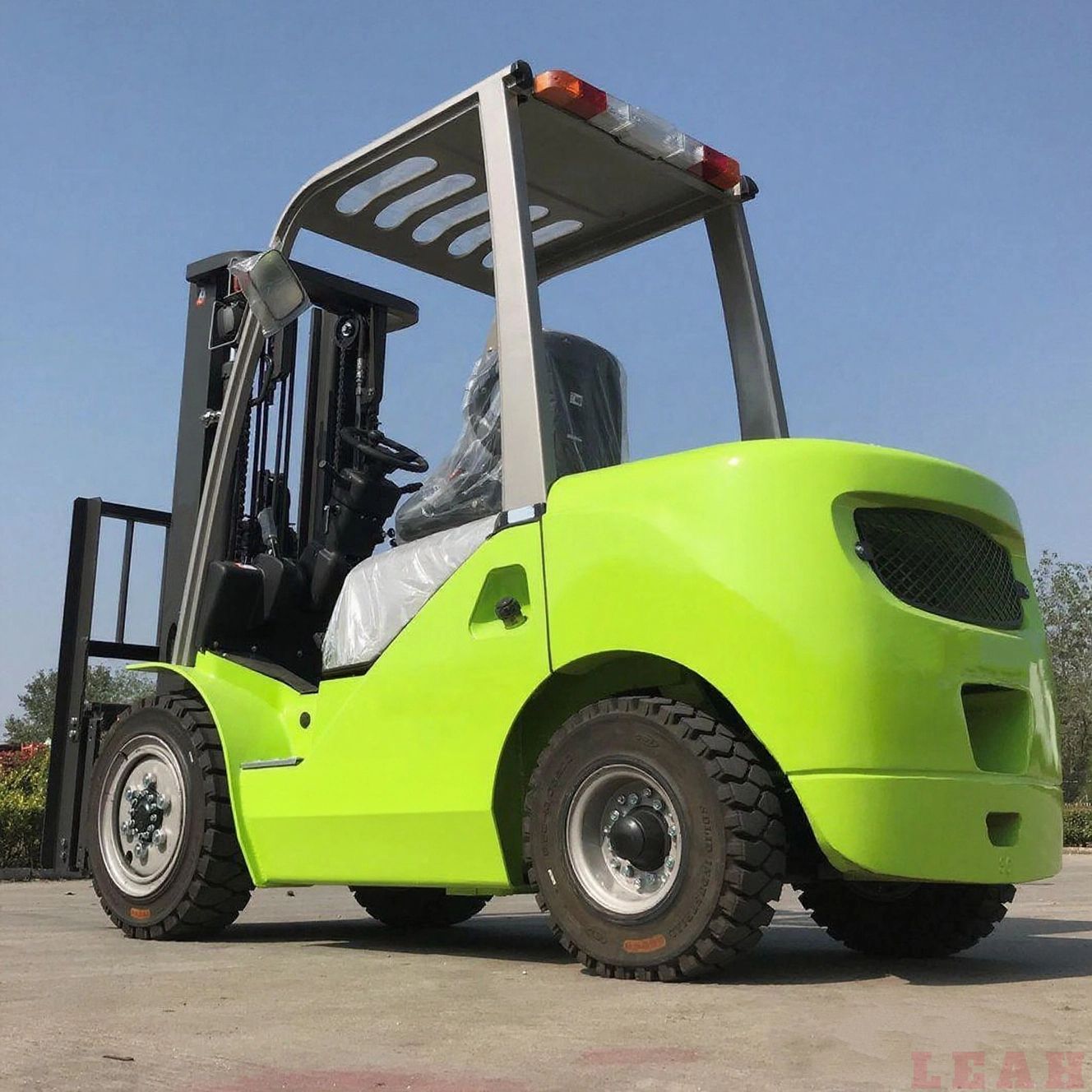Servicing an electric forklift is critical for ensuring its safety, extending its lifespan, and maintaining operational efficiency. Unlike internal combustion (IC) forklifts, electric models focus on battery health, electrical systems, and hydraulic components (with no engine oil or fuel systems). Below is a comprehensive, step-by-step guide to electric forklift servicing, organized by frequency (daily, weekly, monthly, quarterly/annual) and key components.
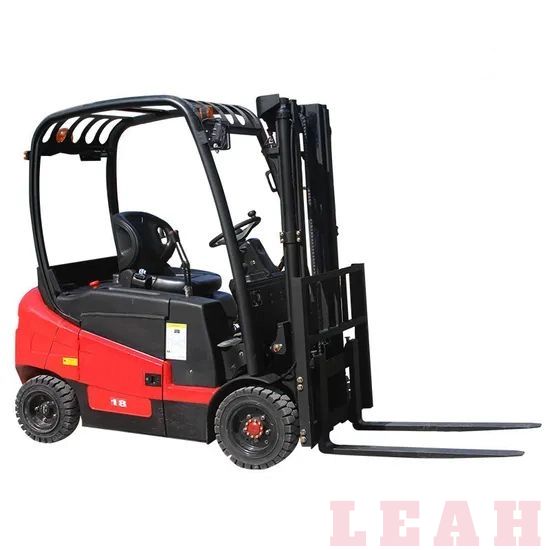
1. Pre-Service Safety Precautions
Always prioritize safety before starting any maintenance—electric forklifts carry high-voltage systems (24V to 80V or more) that pose shock risks.
- Lockout/Tagout (LOTO): Disconnect the battery (turn off the main switch, remove battery connectors) and place a "Do Not Operate" tag on the controls to prevent accidental startup.
- PPE (Personal Protective Equipment): Wear insulated gloves, safety glasses, steel-toe boots, and a face shield (when handling batteries or electrical components).
- Stable Workspace: Park the forklift on a level surface, engage the parking brake, and chock the wheels to prevent rolling.
- Battery Handling: Use a properly rated battery hoist if removing the battery—never lift it manually (batteries weigh 500–2,000 lbs).
2. Daily Inspection (Before Each Shift)
Daily checks are quick (10–15 minutes) but critical for catching minor issues before they escalate. Focus on safety and basic functionality:
| Component | Inspection Task |
|---|---|
| Battery | - Check battery charge level (use the forklift’s charge gauge; avoid below 20%). - Inspect battery terminals for corrosion, looseness, or damage. - Ensure battery water level (for flooded lead-acid batteries) is above the plates (add distilled water only if needed). |
| Controls | - Test the accelerator, brake (service and parking), and direction lever (forward/reverse) for smooth operation. - Check that the horn, lights (headlights, taillights), and turn signals work. |
| Hydraulics | - Inspect hydraulic hoses, fittings, and cylinders for leaks (look for oil spots on the floor). - Test the lift/lower and tilt functions—ensure no jerky movements or delays. |
| Tires & Wheels | - Check tire pressure (for pneumatic tires) or look for cracks/damage (for solid rubber tires). - Ensure wheels are tight and free of debris. |
| Safety Features | - Test the seat belt (latches securely, no fraying). - Verify the overhead guard is intact (no dents or loose bolts). - Check the load backrest (if equipped) for damage. |
3. Weekly Maintenance
Weekly tasks dive deeper into component health and cleanliness (30–45 minutes):
3.1 Battery System
- Clean Terminals: If corrosion is present, mix a solution of baking soda and water (1:1) to neutralize acid, then scrub terminals with a wire brush. Dry thoroughly and apply a thin layer of dielectric grease to prevent future corrosion.
- Inspect Battery Case: Check for cracks, bulges, or leaks (a cracked case can lead to acid spills and battery failure).
- Verify Charger Function: Ensure the battery charger is working correctly—check for error codes, and confirm it shuts off automatically when the battery is fully charged (overcharging damages batteries).
3.2 Electrical System
- Inspect Wiring & Connectors: Check all electrical wires (e.g., for the motor, lights, controls) for fraying, cuts, or exposed copper. Tighten loose connectors and replace damaged wires immediately.
- Test Motor Performance: Listen for unusual noises (grinding, humming) during operation—this may indicate a failing motor or worn bearings.
3.3 Hydraulic System
- Check Hydraulic Fluid Level: Locate the hydraulic reservoir (consult the forklift manual for its position), remove the dipstick, and ensure fluid is between the "MIN" and "MAX" marks. Use only the manufacturer-recommended hydraulic fluid (e.g., ISO 32 or ISO 46).
- Clean Hydraulic Components: Wipe down hoses and cylinders to remove dirt/debris—debris can cause seals to wear and leaks to form.
3.4 Brakes
- Inspect Brake Pads/Linings: For disc brakes, check pad thickness (replace if less than 3mm). For drum brakes, remove the drum (if accessible) and check lining wear (replace if worn to the metal).
- Test Brake Pedal Feel: The pedal should have firm resistance—soft or spongy pedals may mean air in the hydraulic brake lines (needs bleeding) or a leak.
4. Monthly Maintenance
Monthly servicing focuses on wearable parts and system calibration (1–2 hours):
- Lubrication: Apply grease to all pivot points (e.g., lift cylinder pins, tilt cylinder joints, steering linkage) using a grease gun. Refer to the forklift manual for lubrication points and recommended grease type (e.g., lithium-based grease).
- Steering System: Check steering alignment—if the forklift pulls to one side, adjust the tie rods (follow the manual’s specs). Inspect the steering column for looseness or excessive play.
- Seals & Gaskets: Replace worn hydraulic seals (e.g., on cylinders or hoses) to prevent leaks—leaks waste fluid and reduce lifting power.
- Battery Water Top-Up (Flooded Batteries): Add distilled water to each cell only after charging (water level rises when charged). Never overfill—this causes acid to spill during charging.
5. Quarterly/Annual Maintenance (Professional or Advanced)
These tasks require specialized tools or expertise (consider a certified technician for complex steps):
5.1 Battery Deep Maintenance
- Equalization Charge: For flooded lead-acid batteries, perform an equalization charge (a slow, overcharge) every 3–6 months to balance cell voltages and prevent sulfation (a buildup of lead sulfate that reduces battery capacity). Follow the charger manufacturer’s instructions—overdoing this can damage the battery.
- Battery Capacity Test: Use a load tester to measure the battery’s ability to hold a charge. Replace the battery if capacity drops below 80% of its rated capacity (e.g., a 100Ah battery that only holds 75Ah needs replacement).
5.2 Motor & Controller
- Motor Inspection: Remove the motor cover (if accessible) and check for dust buildup (use compressed air to clean). Inspect motor brushes—replace if they are worn to 1/4 of their original length.
- Controller Diagnostics: Use a diagnostic tool (specific to the forklift brand, e.g., Toyota, Crown) to check for error codes in the speed controller. The controller regulates power to the motor—faults here can cause poor acceleration or sudden shutdowns.
5.3 Hydraulic System Overhaul
- Fluid Replacement: Drain and replace hydraulic fluid every 12–24 months (or as per the manual). Flush the system with new fluid to remove contaminants that cause valve or pump damage.
- Pump Inspection: Check the hydraulic pump for leaks or unusual noises. Replace worn pump seals or the pump itself if performance is reduced (e.g., slow lifting).
5.4 Safety & Compliance Checks
- Load Capacity Test: Verify the forklift can lift its rated load (e.g., a 5,000-lb forklift should lift 5,000 lbs safely) without tipping or straining.
- OSHA/Regional Compliance: Ensure all safety labels (e.g., load capacity, warning decals) are legible and intact. Replace missing or faded labels.
6. Key Do’s and Don’ts
| Do’s | Don’ts |
|---|---|
| Follow the manufacturer’s service manual (it has model-specific specs). | Use non-recommended fluids (e.g., wrong hydraulic oil or tap water for batteries). |
| Keep a service log (track dates, tasks, and parts replaced) for compliance and troubleshooting. | Overcharge the battery (this shortens its lifespan to 2–3 years instead of 5–7). |
| Address leaks or electrical issues immediately (they lead to costly repairs). | Operate the forklift with a damaged battery case or frayed wires (fire/electrocution risk). |
| Train operators to report unusual noises or performance issues. | Skip LOTO procedures (high-voltage systems can cause severe shocks). |
7. When to Call a Professional
If you encounter any of these issues, seek a certified electric forklift technician:
- Battery won’t hold a charge (even after a new charger).
- Motor makes loud grinding noises or fails to start.
- Hydraulic system completely fails (e.g., can’t lift loads).
- Brake system leaks or the forklift pulls severely to one side.
By following this schedule, you’ll maximize your electric forklift’s reliability, reduce downtime, and ensure a safe workplace. Regular servicing also preserves the forklift’s resale value if you upgrade later.





